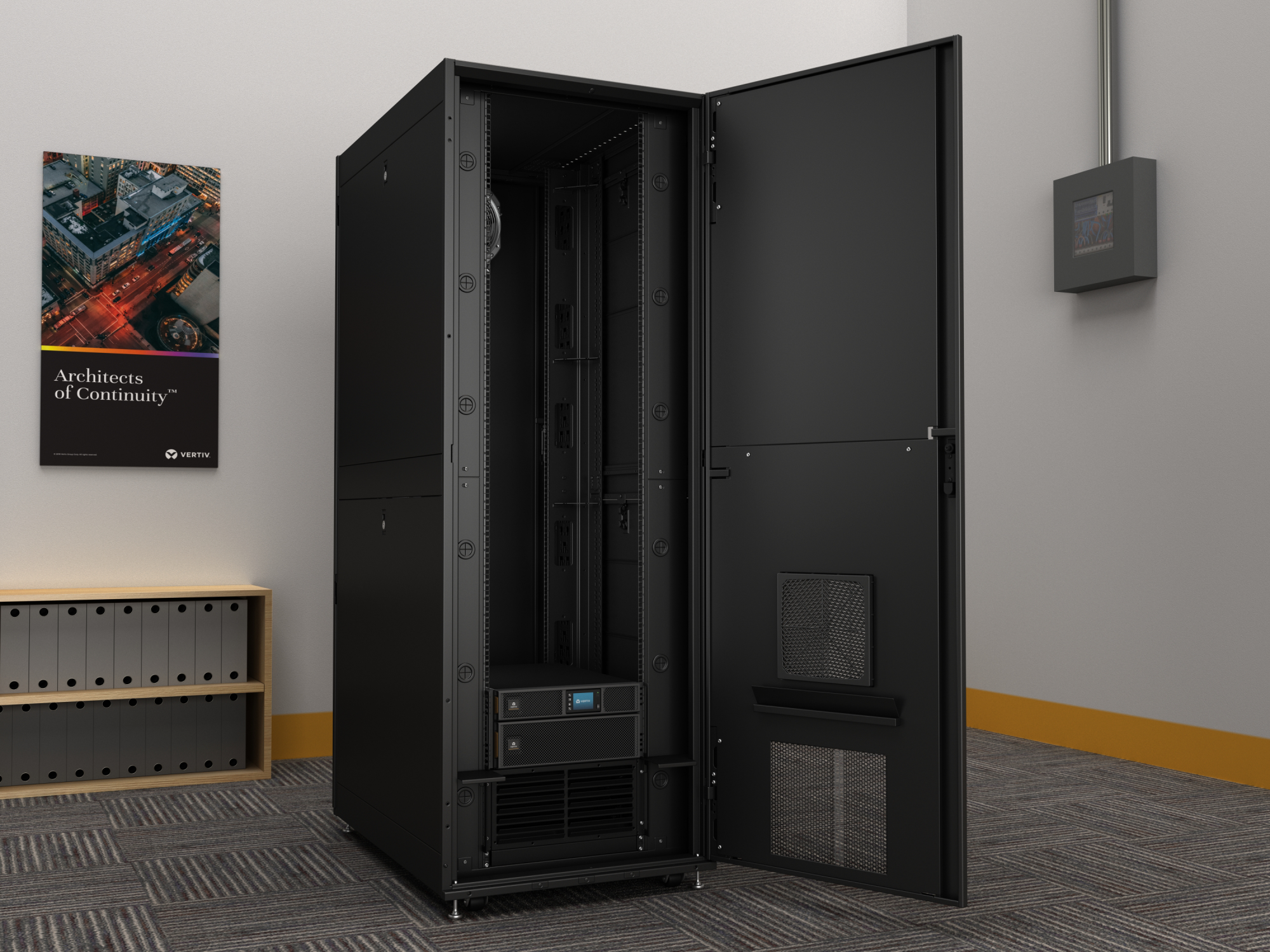Micro data centres are nothing new, but it is only now that organisations are using them as part of their data centre strategy, explains Birgit Jackson
If you don’t work in the tech industry, you may not have heard about micro data centres.
This smaller or containerised data centre architecture is designed for computer workloads which don’t necessarily require traditional facilities. And, while the size may vary from rack to container, a micro data centre may include fewer than four servers in a single 19-inch cabinet.
The concept isn’t new
The concept isn’t new – some companies have been looking at micro data centres for years, but until now they have often been built in an ad-hoc manner – bolting on capacity as and when needed.
Today, however, micro data centres are becoming a strategic part of many organisations’ data centre strategy – and the most forward-looking companies in the private and public sectors are partnering with expert vendors to create a consistent and standardised architecture.
Why is the demand for micro data centres increasing?
The push for more integration was identified by Vertiv experts as a trend that would define the industry in 2022. There was also significant evidence pointing to this move in the organisation’s recent What’s Your Edge survey, in which nearly 40% of companies said they were using or planning to use integrated rack solutions, or micro data centres, and an additional 20% said they were using or planning to use prefabricated modular data centre systems.
So, the trend is clear, but what’s behind the surge of micro data centres, modular solutions and integrated infrastructure systems?
The answer lies in the need for speed, efficiency and reliability.
It’s no secret that, as our lives become more digital, the need to reduce latency and support instantaneous computing becomes more profound. And this is where edge computing comes in – an IT architecture where client data is processed as close to the originating source as possible. So, because the smaller data centres are positioned close to the end users, they are able to deliver fast services with minimal latency.
Ultimately this means better, faster services – particularly in the area of eGovernment or where organisations rely on website services to do business.
Micro data centres are also efficient and quickly deployable – crucial for organisations who need to scale operations rapidly. And they can be deployed almost anywhere, from manufacturing floors to retail civil service buildings, which is a significant shift away from the large facilities of old.
Using this integrated approach, organisations can meet demand and add capacity without the worry of overprovisioning. By arriving at the site pre-wired and assembled, these solutions cut down on the time needed for the build, which increases schedule reliability and ensures more quality control.

What should organisations be looking for from their data centre vendor?
Arguments for building a micro data centre on site are compelling. As well as minimal latency (a huge selling point in itself) these facilities give control back to organisations. They’re in charge of their own IT infrastructure and can expand or change it as required.
But, importantly, control shouldn’t mean a lack of support – and it’s critical that you have expert help to get your micro data centre strategy right.
Today, many providers simply “drop off a box,” and leave configuration and start-up to the customer. However, to ensure efficacy, solutions should be configured on-site where experts can check relevant settings and fine-tune them as needed. At this stage, your vendor should also be able to provide specialist expertise for the solution’s electrical, thermal management, battery and fire alarm systems, which are not connected during shipping.
Indeed, this is the first step in maximising availability, reliability and efficiency for the long term. Support should not stop at electrical installation; preventative support and maintenance throughout a system’s life cycle is, and will continue to be, vital to ensuring uptime, cost-effectiveness and efficiency; a Vertiv study showed the mean time between failures for UPS units that receive two preventive maintenance service events per year is 23 times higher than a machine with no preventive maintenance during the year.
An example in practice
The argument for micro data centres is particularly compelling in the public sector, where uptime and efficiency are make or break for organisations.
With a network spanning more than 30 learning centres, schools, and academies in three cities, business continuity is paramount for Monterey Peninsula Unified School District (MPUSD). Upgrading to an integrated infrastructure solution from a UPS that was at least seven years old provided the functionality and efficiency the school needed, while being fiscally responsible. It gave the institution’s IT team more control to optimise the equipment’s operation and service life.
MPUSD harnessed SmartRow from Vertiv, a unique, integrated multi-rack solution that allows the deployment of a complete micro data centre in just weeks. The SmartRow didn’t just improve energy efficiency for the school district, it also improved employee efficiency through enhanced visibility.
MPUSD personnel were able to quickly access utilisation data from the user-friendly liquid-crystal display which was particularly helpful during construction. Plus, having a window into the space housing the SmartRow, meant the IT team could easily see the functional status of the system via its colour indicators without even entering the data centre.
Micro centres are understandably big business right now – and it’s likely we’ll see this trend continuing in the months and years ahead. In embracing micro data centres and an integrated infrastructure, enterprises can regain control of their critical assets and increase the ability to rapidly introduce site-specific services, while reducing risks and operational costs and improving service levels.
But to be successful, organisations will need to partner with expert and reliable data centre vendors and partners who can support their move from installation, right the way through a system’s lifecycle.
Written by Birgit Jackson, director, integrated racks and IT solutions for Vertiv in EMEA.
Contributor Profile
Editor's Recommended Articles
-
Must Read >> YPO launches data centre and cloud framework
-
Must Read >> Co-location data centres and privacy regulations































